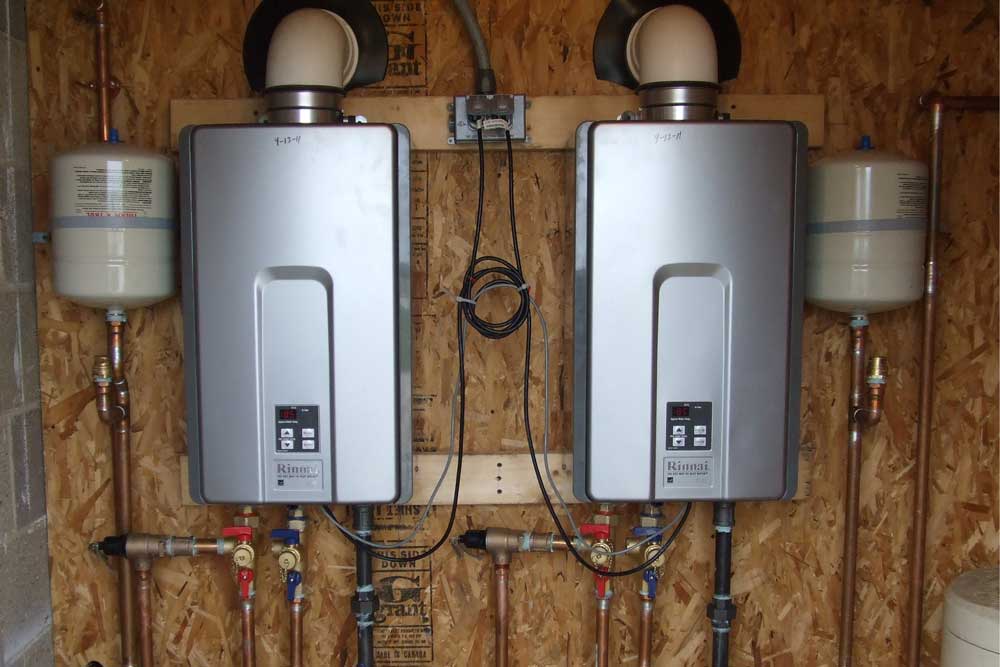They are making several great pointers relating to Tips on Maintaining a Water Heater in general in this post down the page.

Hot water is crucial for everyday comfort, whether it's for a refreshing shower or cleaning meals. To ensure your hot water system runs successfully and lasts much longer, regular upkeep is vital. This post offers practical ideas and insights on how to keep your home's hot water system to avoid disturbances and expensive repairs.
Intro
Maintaining your home's warm water system may appear difficult, but with a couple of easy actions, you can ensure it runs efficiently for many years to come. This overview covers everything from recognizing your hot water system to DIY upkeep tips and recognizing when to hire specialist assistance.
Importance of Preserving Your Hot Water System
Normal maintenance not just extends the life-span of your hot water system yet also guarantees it operates successfully. Overlooking upkeep can result in lowered efficiency, greater energy expenses, and also premature failing of the system.
Signs Your Warm Water System Needs Upkeep
Understanding when your hot water system requires interest can protect against significant issues. Keep an eye out for indications such as irregular water temperature, odd sounds from the heating unit, or rusty water.
Purging the Water Heater
Purging your water heater gets rid of sediment buildup, boosting effectiveness and lengthening its life.
Checking and Changing Anode Rods
Anode rods protect against rust inside the container. Examining and changing them when worn out is important.
Complex Problems Calling For Expert Aid
Examples consist of major leaks, electric problems, or if your hot water heater is consistently underperforming.
Regular Professional Maintenance Conveniences
Professional upkeep can consist of comprehensive evaluations, tune-ups, and ensuring compliance with security criteria.
Evaluating and Adjusting Temperature Settings
Readjusting the temperature level setups makes certain optimal performance and safety.
DIY Tips for Upkeep
You can do numerous upkeep jobs yourself to maintain your warm water system in leading problem.
Looking for Leaks
Routinely examine pipes and connections for leaks, as these can cause water damages and greater expenses.
Recognizing Your Warm Water System
Prior to diving right into upkeep jobs, it's practical to recognize the standard parts of your warm water system. Commonly, this consists of the hot water heater itself, pipelines, anode poles, and temperature level controls.
Regular Monthly Upkeep Tasks
Routine regular monthly checks can assist catch minor issues before they escalate.
Testing Stress Alleviation Valves
Examining the stress safety valve ensures it works properly and avoids excessive pressure build-up.
Protecting Pipes
Insulating warm water pipelines minimizes warm loss and can save energy.
When to Call a Professional
While do it yourself upkeep is helpful, some problems require professional expertise.
Verdict
Normal upkeep of your home's hot water system is essential for performance, longevity, and price financial savings. By following these ideas and understanding when to look for expert help, you can make sure a trusted supply of warm water without unforeseen disruptions.
How to Maintain an Instant Hot Water Heater
Before tinkering with your hot water heater, make sure that it’s not powered on. You also have to turn off the main circuit breaker and shut off the main gas line to prevent accidents. Also turn off the water valves connected to your unit to prevent water from flowing into and out of the appliance. 2. When you’re done, you have to detach the purge valves’ caps. These look like the letter “T” and are situated on either side of the water valves. Doing so will release any pressure that has accumulated inside the valves while at the same time avoid hot water from shooting out and burning your skin. 3. When the purge valves’ caps are removed, you have to connect your hosing lines to the valves. Your unit should have come with three hoses but if it didn’t, you can purchase these things from any hardware or home repair shops. You can also get them from retail stores that sell water heating systems. Read the user’s manual and follow it to complete this task properly. When the hosing lines are connected, open the purge port’s valves. 4. You should never use harsh chemical cleaners or solutions when cleaning your unit. Make use of white vinegar instead. It should be undiluted and you’ll probably use about 2 gallons. 5. Now flush your water heater. This task should probably take about 40 minutes. We can’t give you specific directions for this because the procedure is carried out depending on the type, model and brand of your heater. With that being said, refer to the user’s manual. 6. When you’re done draining the unit, you have to turn off the purge port valves again. Remove the hosing lines that you earlier installed on each of the water valves. Put the valve caps (purge port) back in their respective places and be very careful so as not to damage the rubber discs that are found inside these caps. 7. Now that everything’s back in place, check your user’s manual again to find out how to reactivate your water heating system. 8. Once it is working, turn one of your hot water faucets on just to let air pass through the heater’s water supply pipes. Leave the tap on until water flows smoothly out of it. https://www.orrplumbing.com/blog/2014/september/how-to-maintain-an-instant-hot-water-heater/

As a fervent reader on What Kind of Maintenance Do Water Heaters Need?, I was thinking sharing that information was really useful. Sharing is good. One never knows, you might be doing someone a favor. Kudos for being here. Revisit us soon.
About This